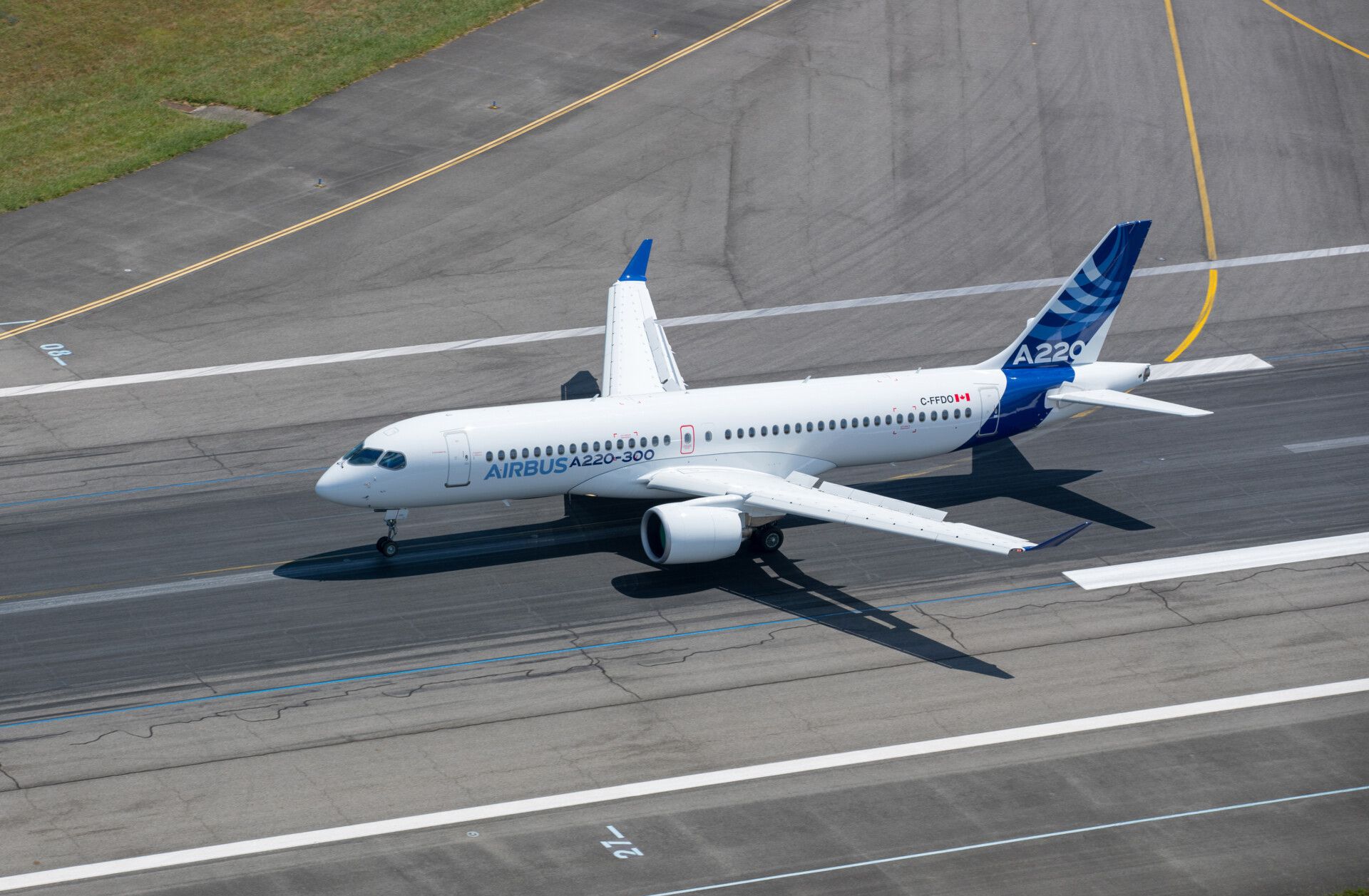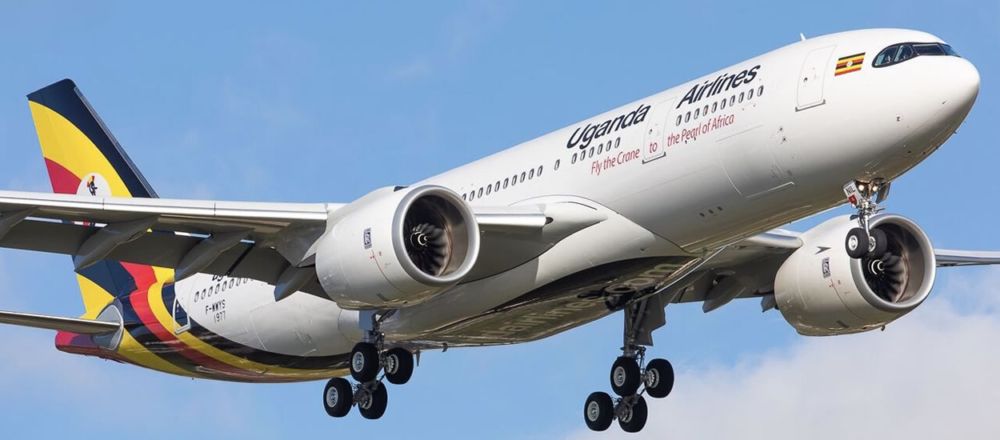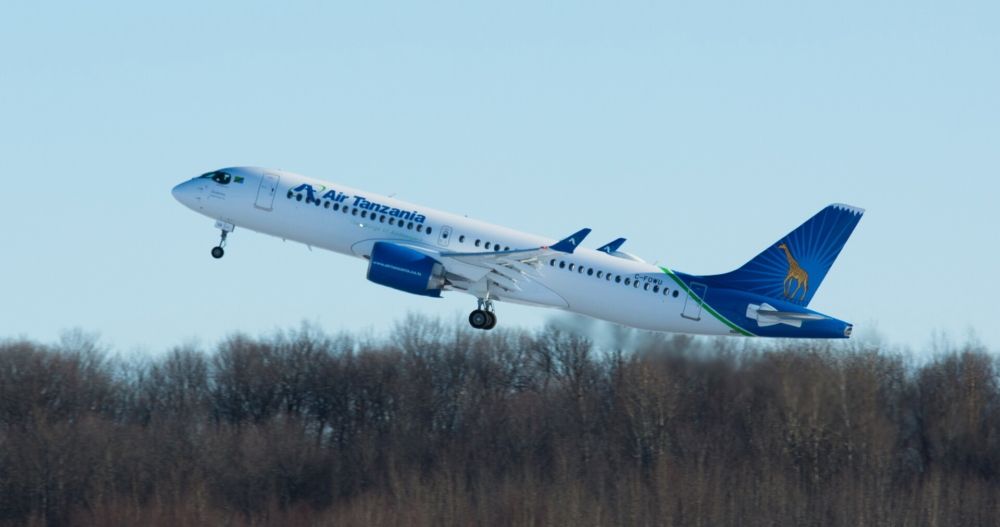Despite having roots that date back to the 1970s, the current incarnation of Uganda Airlines is only three years old, having been founded in January 2018. Therefore, with the world its oyster, the flag carrier of Uganda has its eyes on new aircraft. The operator's leadership wants these planes to bridge gaps between regional and long-haul routes.
The middle option
Uganda Airlines puts its faith in the CRJ900 and Airbus A330 to head the likes of Burundi, South Sudan, Kenya, Somalia, DRC, South Africa, and the UAE from its hub at Entebbe International Airport. While these models are great tools to have at an airline’s disposal, there is notably a missing link in the fleet. The carrier doesn’t have a mid-range option, which is often a standard for a flag carrier.
The airline recognizes this factor. Thus, it’s thinking over what the best solution would be.
"When you look at the type of aircraft we have now, and based on the routes we want to fly, we realised we needed a mid-range jet, something between the Airbus and the CRJ," Uganda Airlines interim chief executive Jenifer Bamuturaki shared in an interview with Aviadev.
"So the plan is to look for equipment that carries between 120 and 150 passengers that can do long-range without a stop-over. At the moment, with the CRJ, we fly direct to South Africa, to Johannesburg O.R. Tambo, but we have to 'cut' it because of weight, volume and all that. It's got its limitations which makes it unprofitable on the route. Also baggage becomes an issue. So the need for a 120-150 seater is becoming really important for us."
Stay informed: Sign up for our daily and weekly aviation news digests.
The solutions
In the market, the Embraer E195-E2 and Airbus A220-300 are two valuable options for Uganda Airlines. Both aircraft have been making waves for their efficiency, comfort, and capabilities on regional operations across the continents.
The E195-E2 is a member of the Embraer E-Jet E2 family and is the largest in its arsenal. The plane’s maximum capacity in a single-aisle setting is between 132 and 146 passengers, making it a great fit for the airline. Over 30 E195-E2s are in service, with operators appreciating the aircraft's benefits such as its high aspect ratio wings and swept tips.
ch-aviation notes that Bamuturaki hints that Airbus' popular narrowbodies are a more likely option due to the carrier seeking consistency in its fleet. The A220 would be the perfect addition to the two existing young A330-800s in the firm's holdings.
The A220 has now been in service for five years, with over 180 units built. The aircraft is still proving popular, as the likes of Qantas are committing orders for the type. It has been cited as the perfect post-pandemic plane thanks to the coupling of high-efficiency and "right capacity."
The -300 offers fuel efficiency per seat of 2.23 L/100 km (105 mpg‑US) and has a maximum capacity of 160 seats. Even in a two-class configuration, between 120 and 150 passengers can fit in the cabin.
Expansions on the cards
While Uganda Airlines mulls over its options, it will build its route network with its four CRJ900s, which all arrived in 2019. The carrier is also looking to travel more longer distances with its A330 planes. Overall, there are strong ambitions for the company as it continues to develop its fleet.
Simple reached out to Uganda Airlines for comment on its aircraft. We will update the article with any further announcements from the carrier.
What are your thoughts on Uganda Airlines’ fleet? What do you make of the company’s overall plans? Let us know what you think of the prospects in the comment section.



